Product lineup:seasonal-kakejiku
-
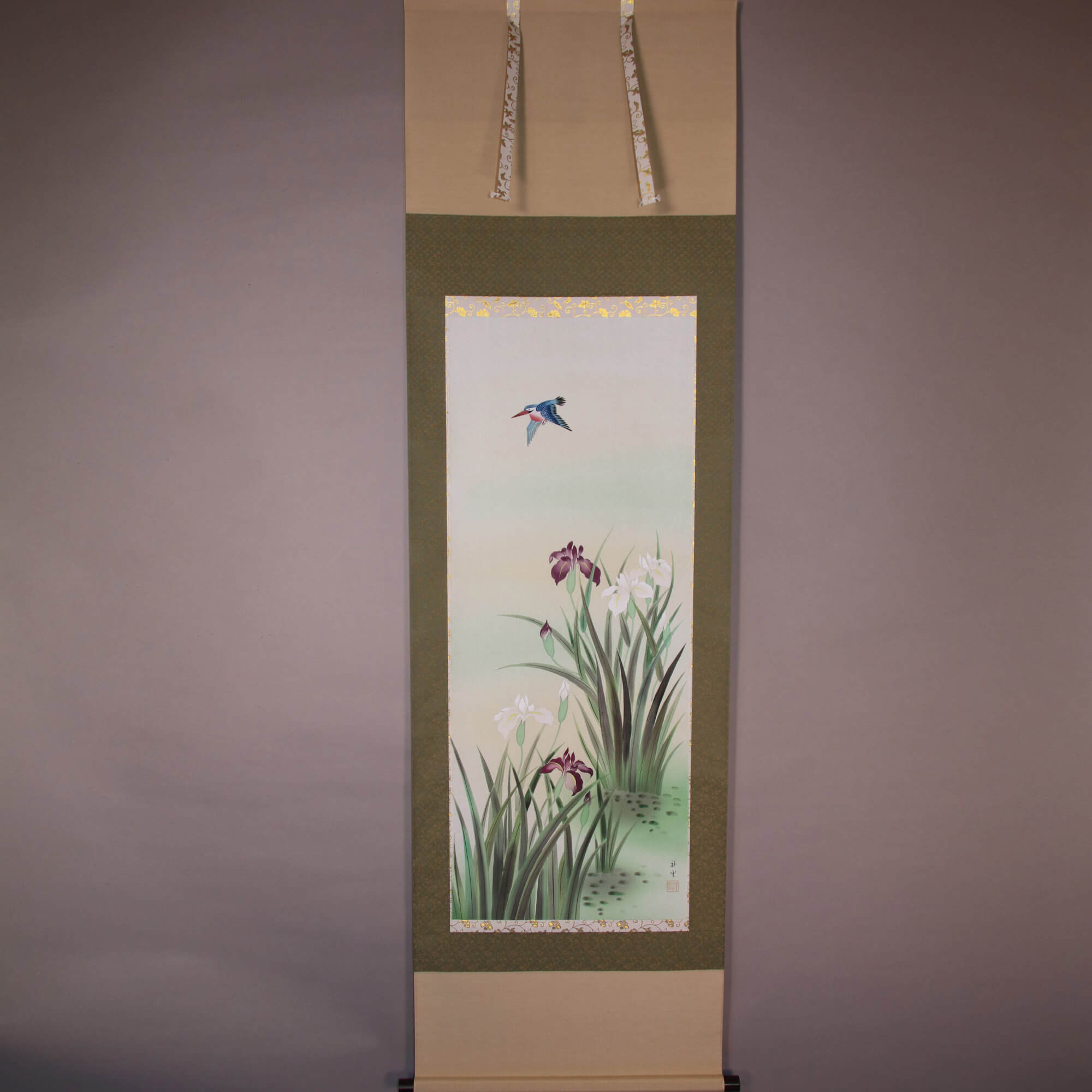 Product ID-B0100
Kakejiku Hanging Scroll: Iris / Ogiso Shōun
Shōbu
JPY 25,000
Product ID-B0100
Kakejiku Hanging Scroll: Iris / Ogiso Shōun
Shōbu
JPY 25,000
-
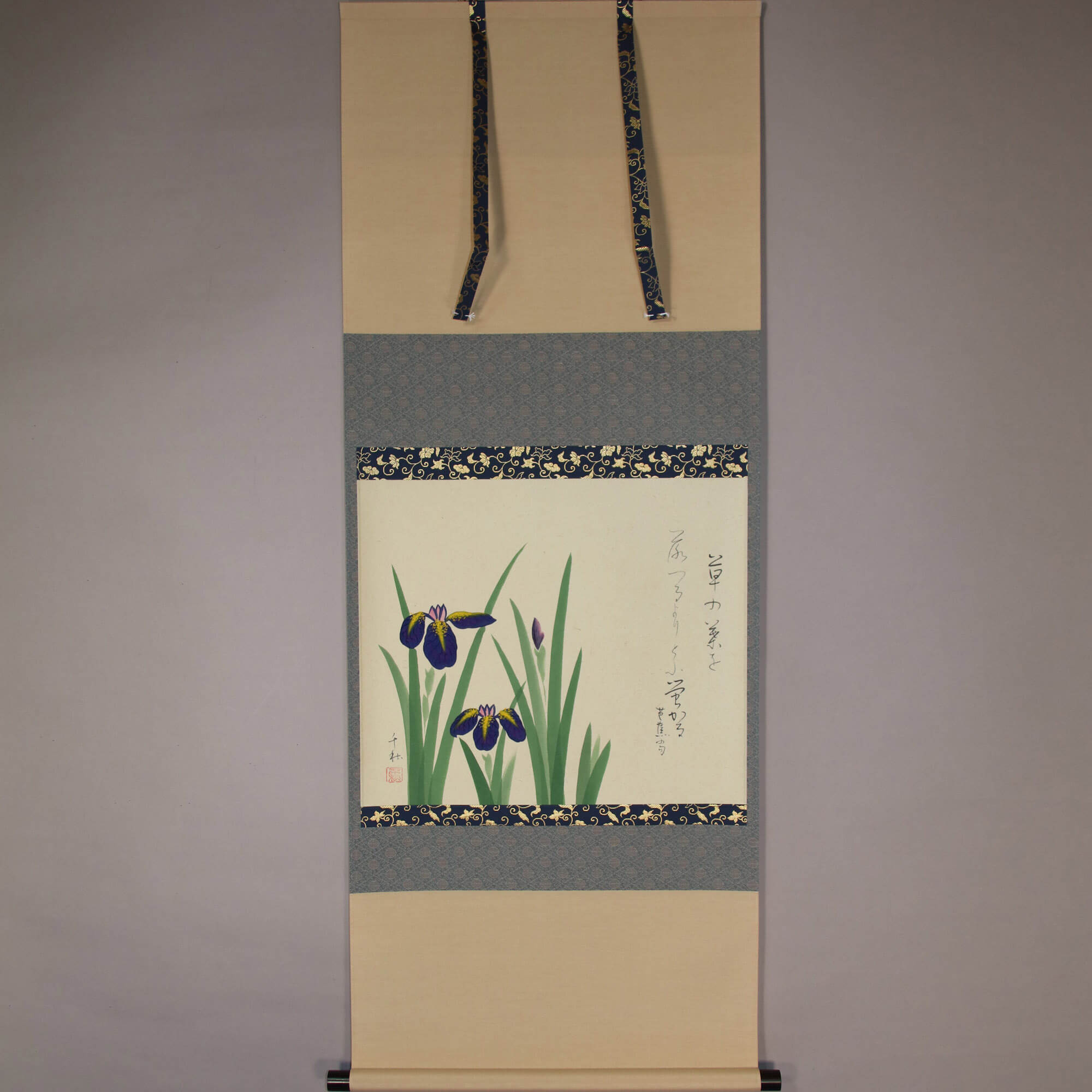 Product ID-B0101
Kakejiku Hanging Scroll: Iris / Oguri Senshū
Shōbu
Product ID-B0101
Kakejiku Hanging Scroll: Iris / Oguri Senshū
Shōbu
-
 Product ID-B0102
Kakejiku Hanging Scroll: Hydrangea / Oguri Senshū
Ajisai
JPY 35,000
Product ID-B0102
Kakejiku Hanging Scroll: Hydrangea / Oguri Senshū
Ajisai
JPY 35,000
-
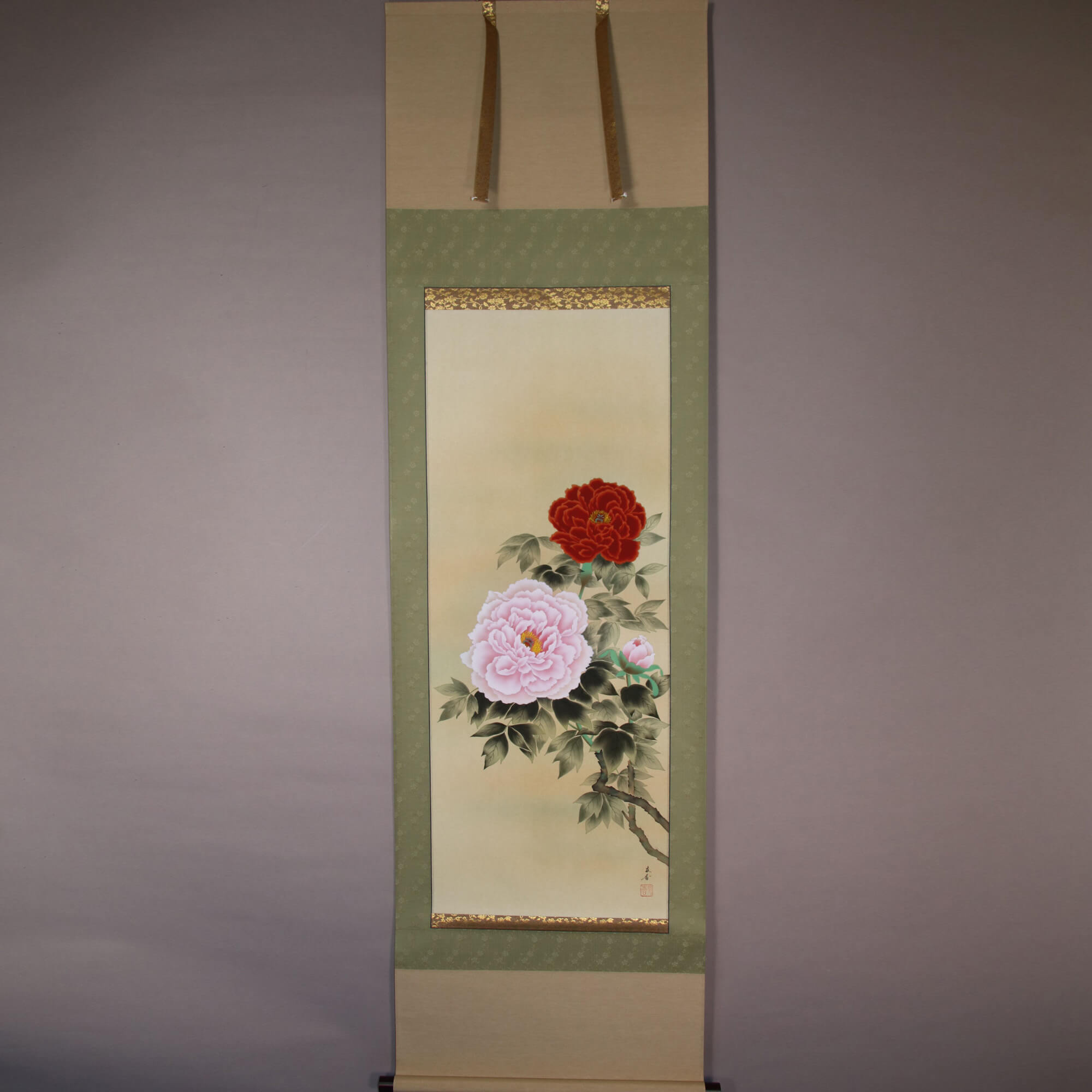 Product ID-B0103
Kakejiku Hanging Scroll: Peony / Mizutani Yūkō
Botan
JPY 38,000
Product ID-B0103
Kakejiku Hanging Scroll: Peony / Mizutani Yūkō
Botan
JPY 38,000
-
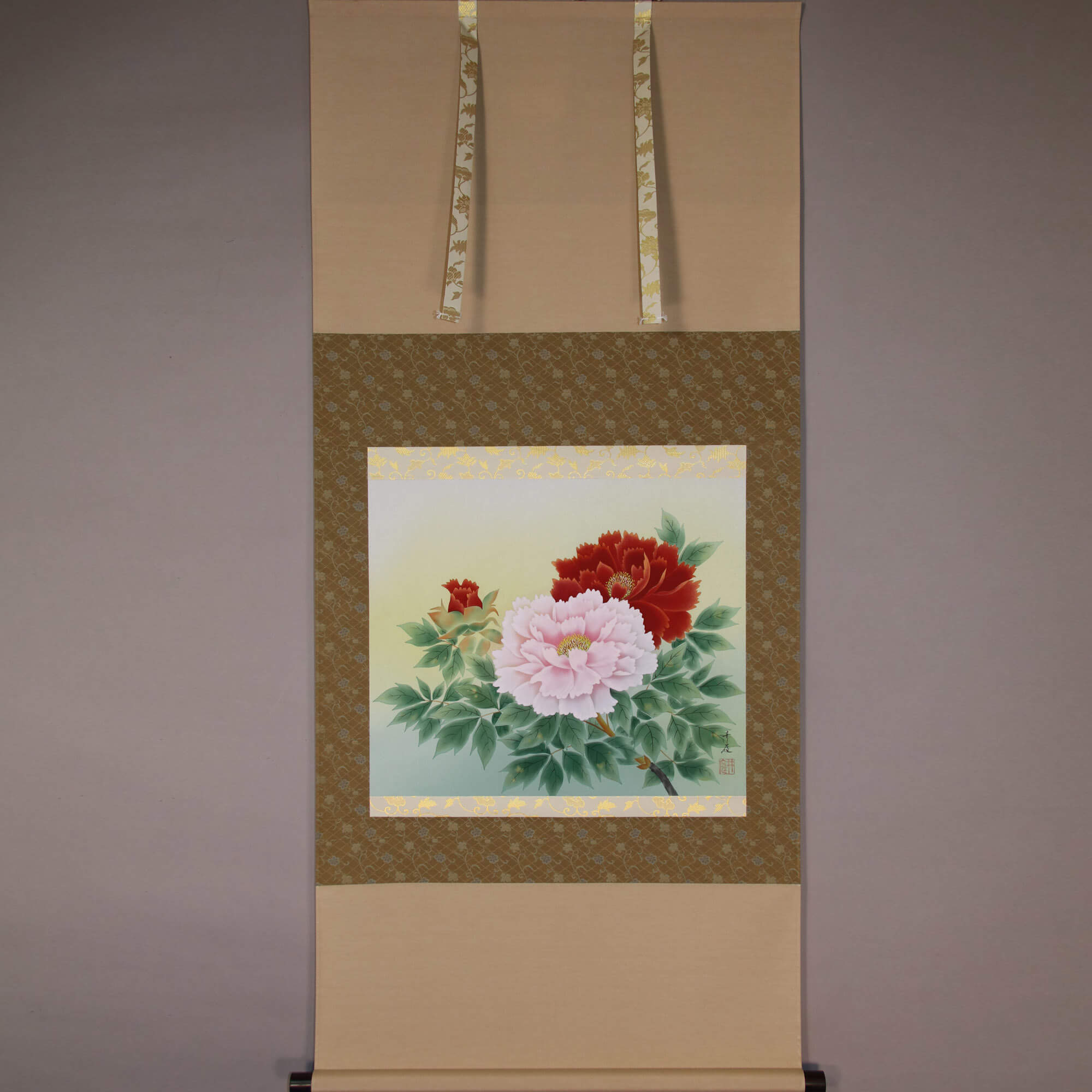 Product ID-B0104
Kakejiku Hanging Scroll: Peony / Nakamura Chikutei
Botan
JPY 30,000
Product ID-B0104
Kakejiku Hanging Scroll: Peony / Nakamura Chikutei
Botan
JPY 30,000
-
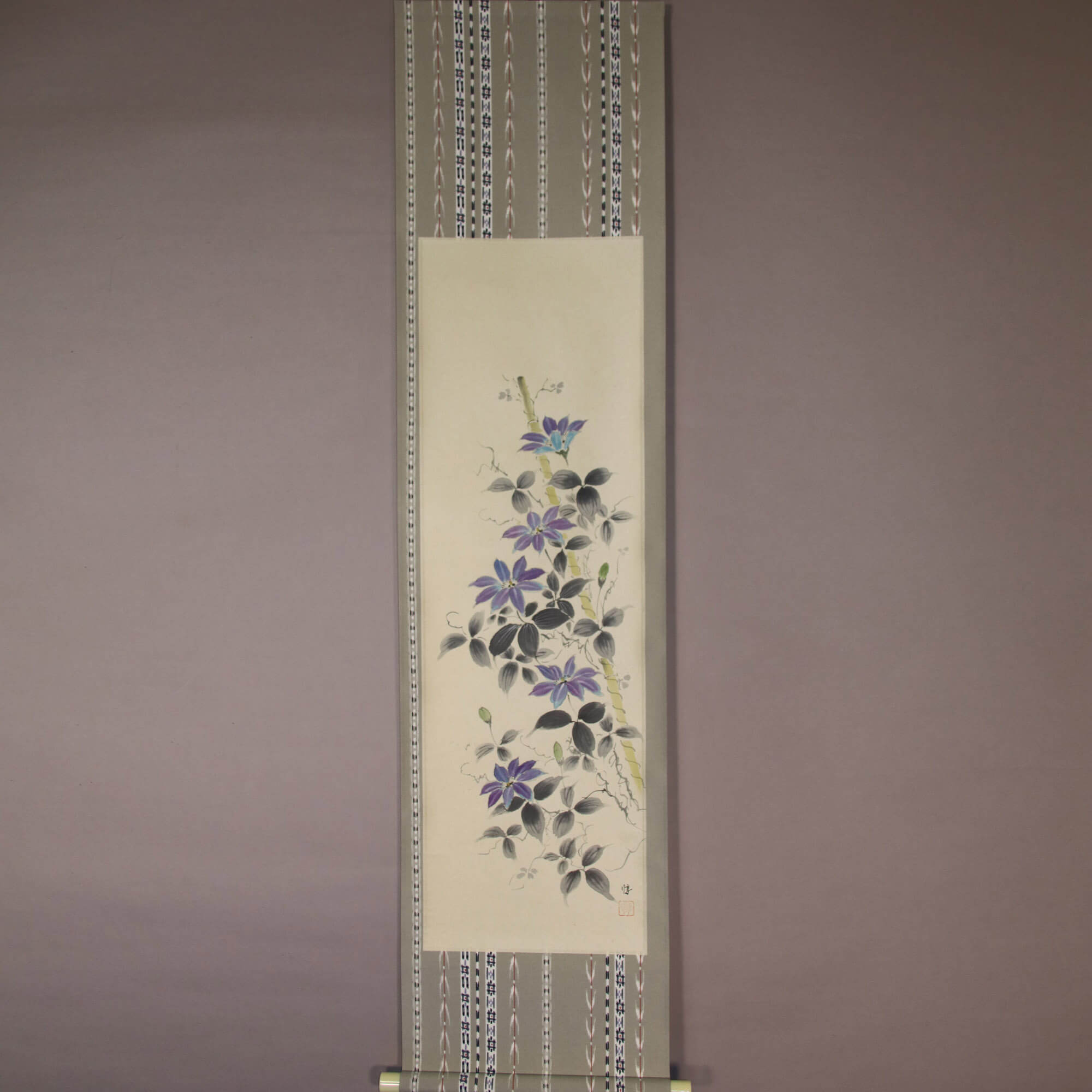 Product ID-B0105
Kakejiku Hanging Scroll: Clematis / Hiramatsu Jun
Tessen
JPY 35,000
Product ID-B0105
Kakejiku Hanging Scroll: Clematis / Hiramatsu Jun
Tessen
JPY 35,000
-
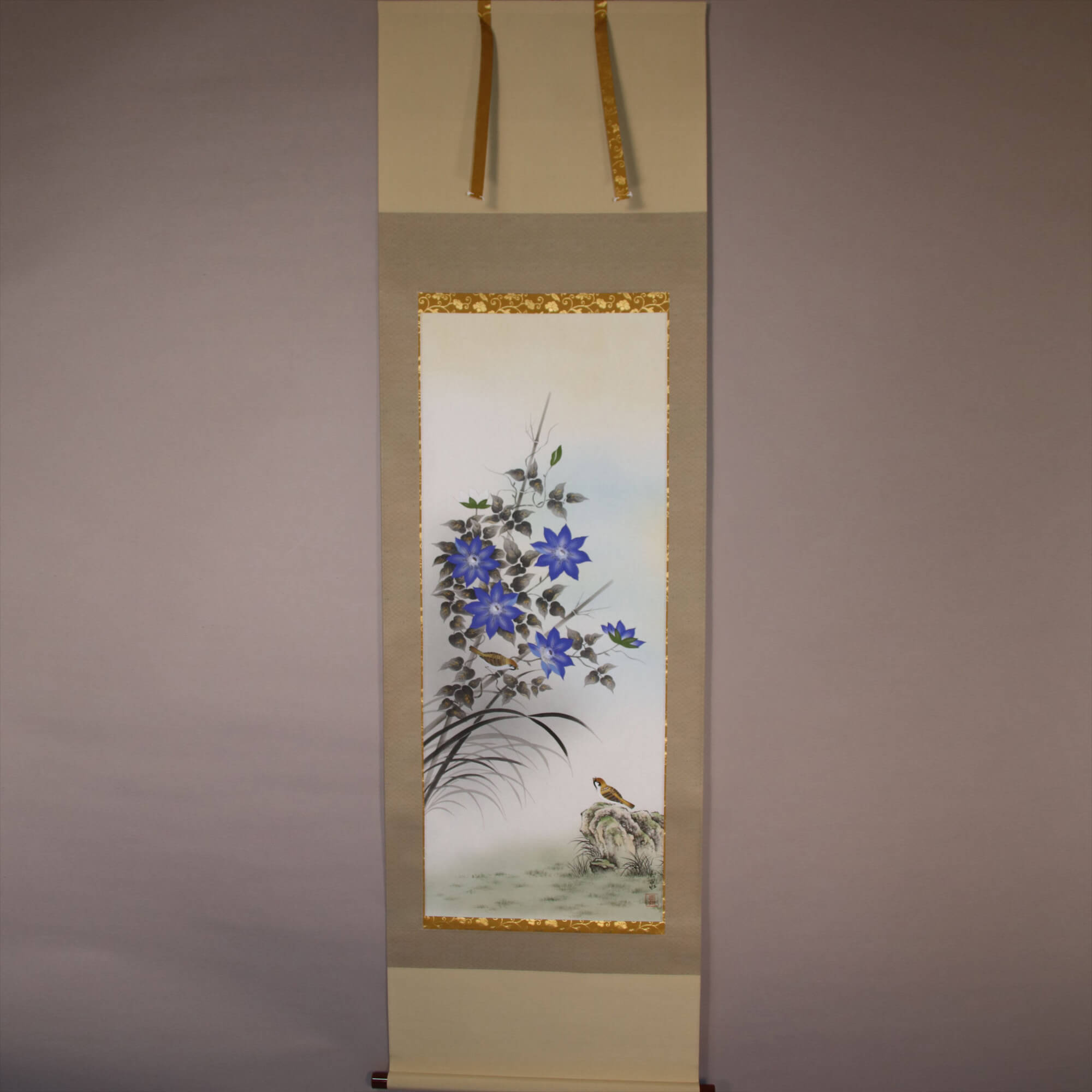 Product ID-B0106
Kakejiku Hanging Scroll: Clematis / Hayashi Gyokusen
Tessen
Product ID-B0106
Kakejiku Hanging Scroll: Clematis / Hayashi Gyokusen
Tessen
-
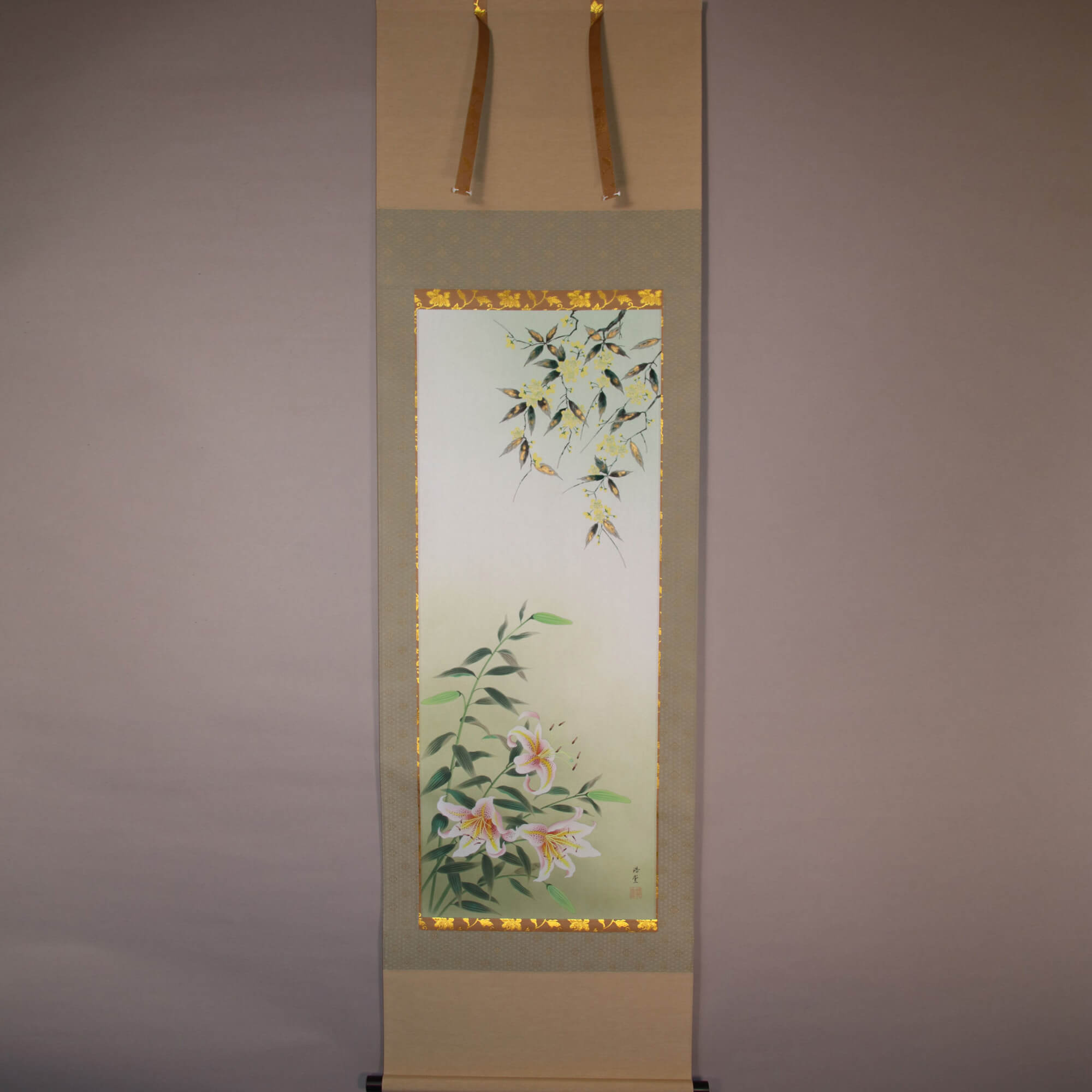 Product ID-B0108
Kakejiku Hanging Scroll: Kerria and Lily / Sakurai Kōdō
Yamabuki ni Yuri
JPY 25,000
Product ID-B0108
Kakejiku Hanging Scroll: Kerria and Lily / Sakurai Kōdō
Yamabuki ni Yuri
JPY 25,000
-
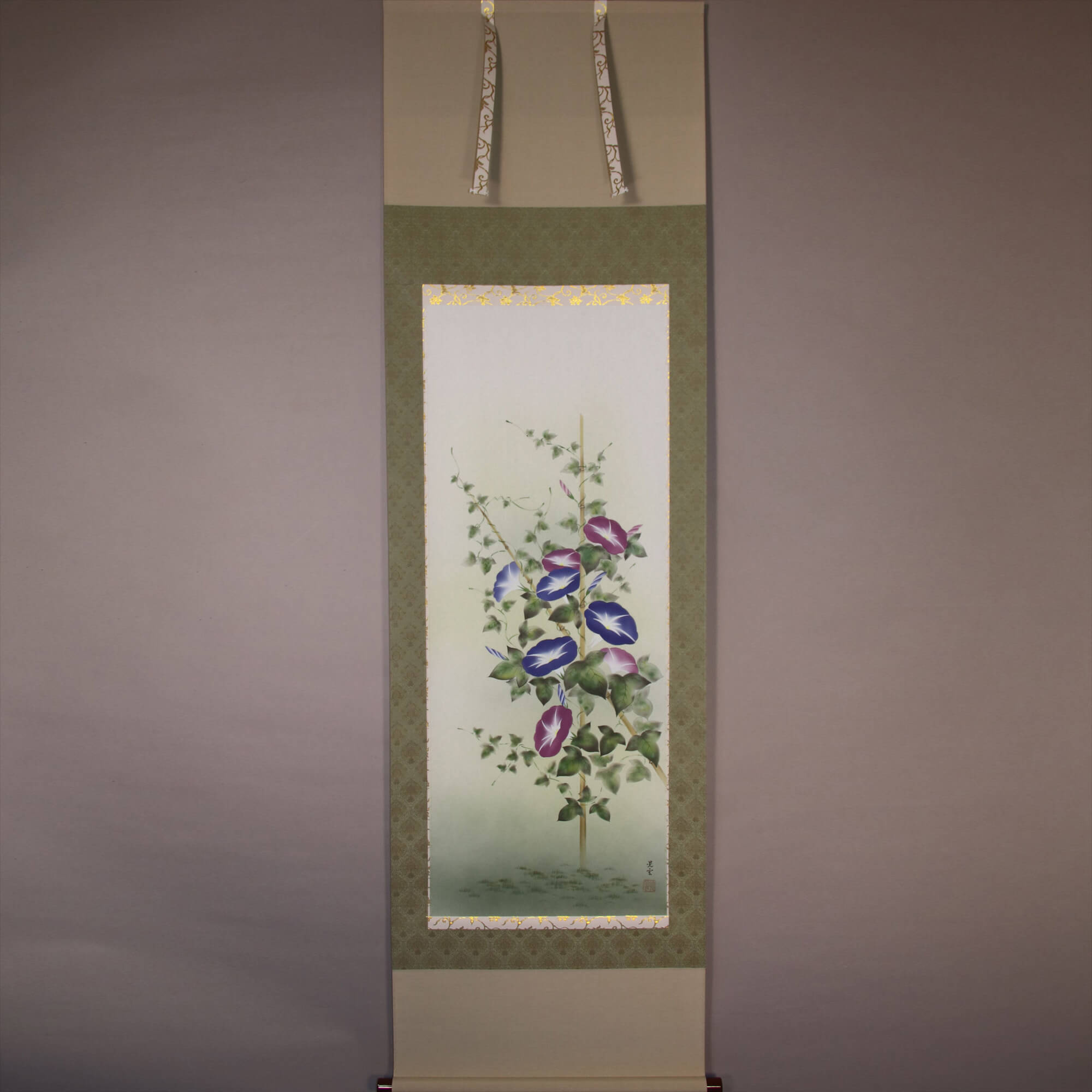 Product ID-B0109
Kakejiku Hanging Scroll: Morning Glory / Yamamot Kōun
Asagao
JPY 35,000
Product ID-B0109
Kakejiku Hanging Scroll: Morning Glory / Yamamot Kōun
Asagao
JPY 35,000
-
 Product ID-B0110
Kakejiku Hanging Scroll: Morning Glory / Oguri Senshū
Asagao
JPY 35,000
Product ID-B0110
Kakejiku Hanging Scroll: Morning Glory / Oguri Senshū
Asagao
JPY 35,000
-
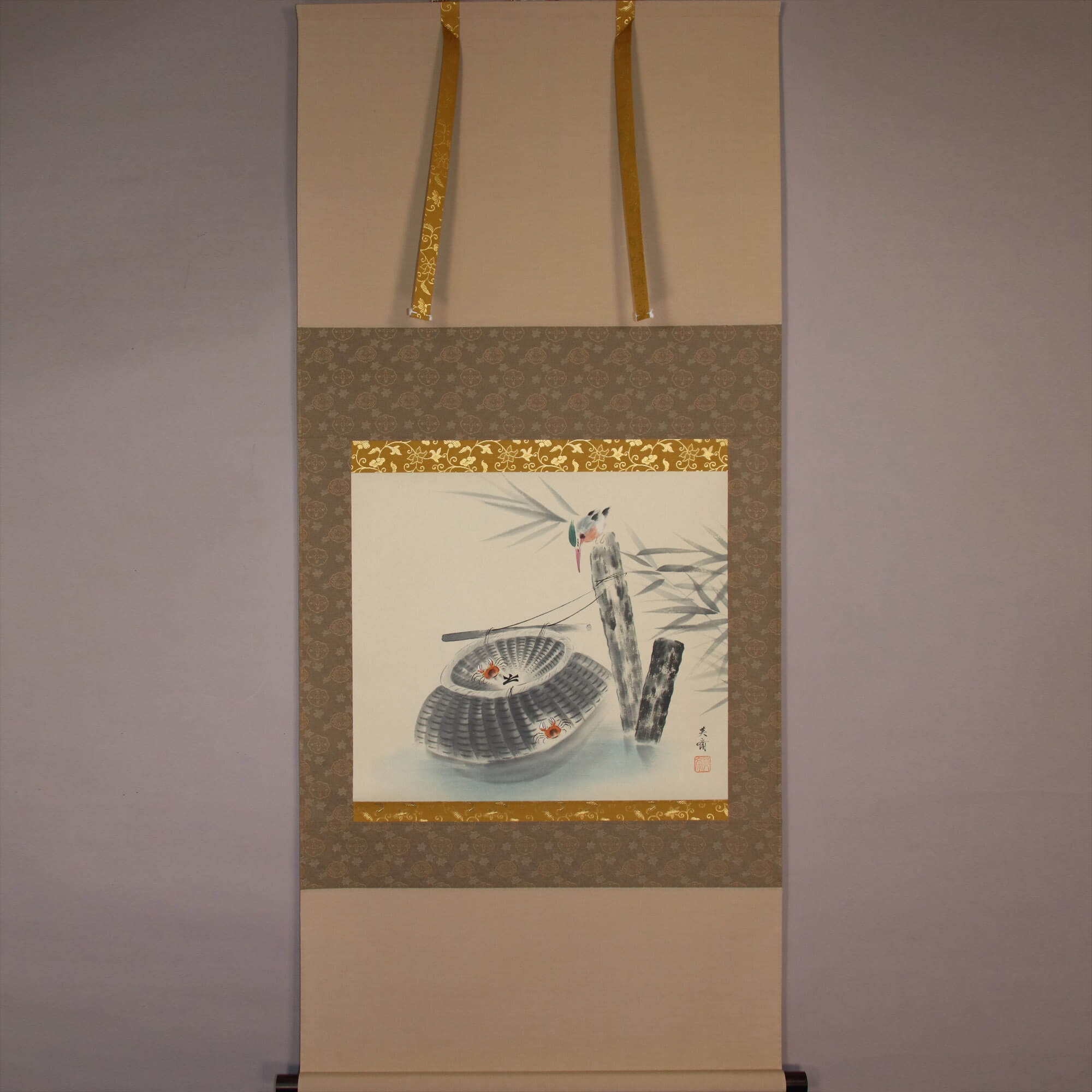 Product ID-B0111
Kakejiku Hanging Scroll: Kingfisher / Miyake Eisai
Kawasemi
JPY 40,000
Product ID-B0111
Kakejiku Hanging Scroll: Kingfisher / Miyake Eisai
Kawasemi
JPY 40,000
-
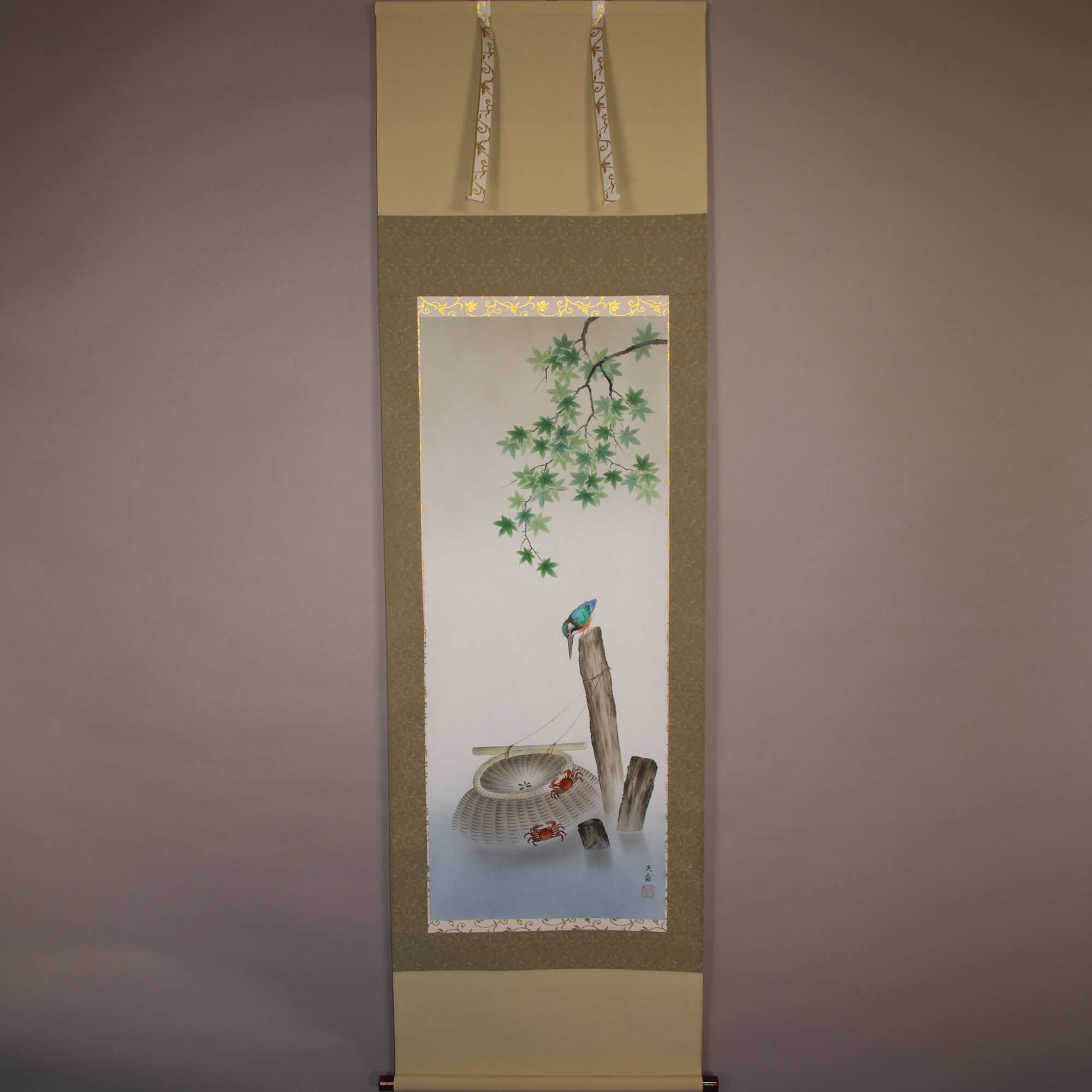 Product ID-B0112
Kakejiku Hanging Scroll: Kingfisher / Miyake Eisai
Kawasemi
JPY 40,000
Product ID-B0112
Kakejiku Hanging Scroll: Kingfisher / Miyake Eisai
Kawasemi
JPY 40,000
Contact Us
Please fill out the form below and submit for your inquiry.
Your privacy is important to us. We are committed to protecting your privacy.
(or press ESC or click the overlay)
CEO Message
(or press ESC or click the overlay)Our Feelings For Kakejiku
Company Profile

Name Art Nomura
President Tatsuji Nomura
Founded1973
Established1992
Address7-23 Babadori, Tarumi-ku, Kobe city,
Hyougo Prefecture, 655-0021, Japan
Capital10 million yen
URLhttp://nomurakakejiku.com
Our Business
Art Nomura is an art dealer which produces kakejiku (hanging scrolls). We mount many paintings and calligraphic works in kakejiku in my factory. Kakejiku are our main product. We also remount and repair old or damaged kakejiku. We share the traditional Japanese art of kakejiku with people all over the world.
(or press ESC or click the overlay)
Access Map
(or press ESC or click the overlay)Access Map
